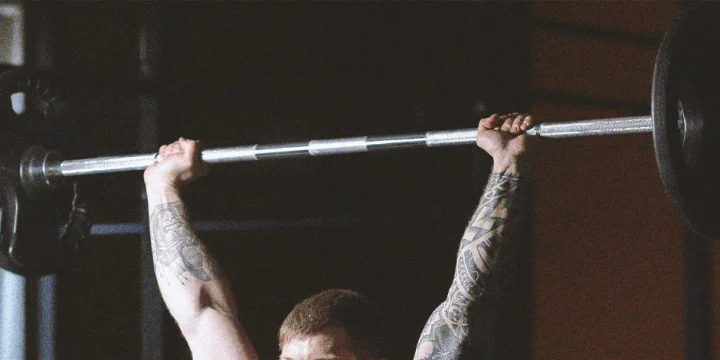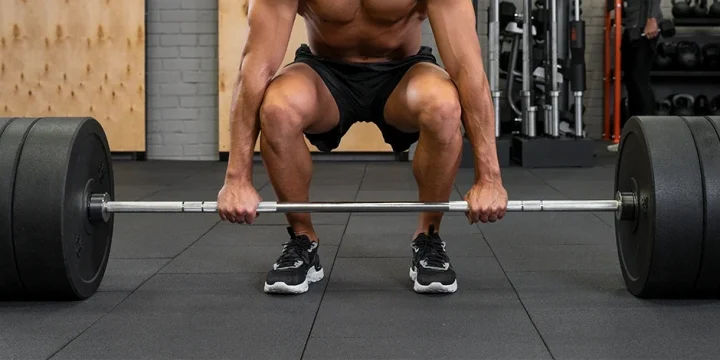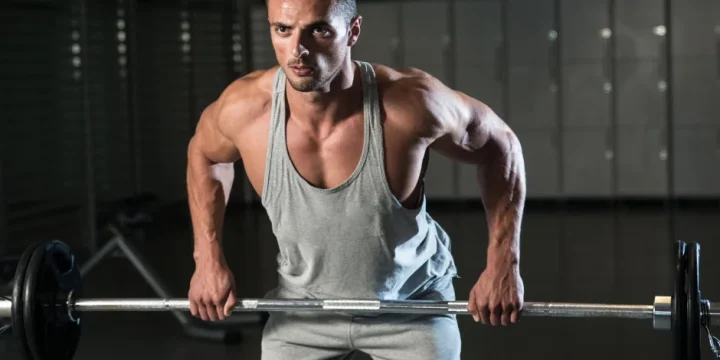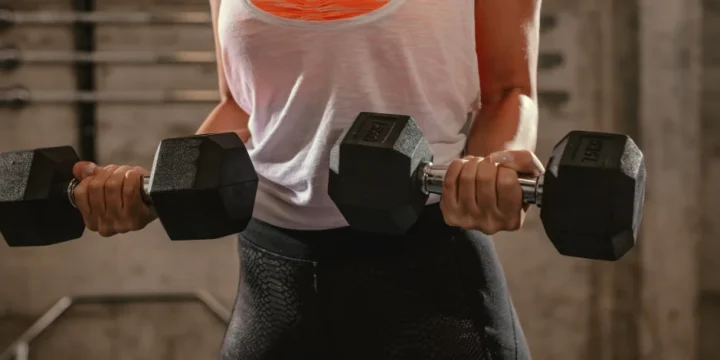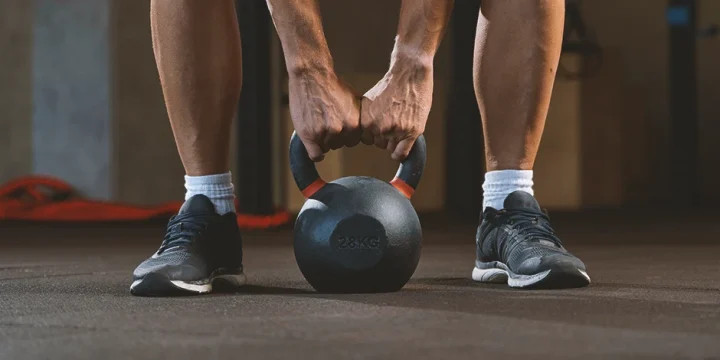Double and single-arm dead hang is one of the best exercises for improving grip strength relative to your body.
They are widely used to develop superior grip strength, decompress your spine, and many other things.
Based on my experience as a certified personal trainer and more than 20 hours of research, I compiled all the information you will need for performing dead hangs correctly and efficiently.
After reading the article, you will know the proper technique for performing a body hang, its primary variations, benefits, and much more.
Quick Summary
How to Perform a Dead Hang

Here is the proper technique for performing a dead hang:
- Hop on to the bar and take an overhead bar-pronated grip with your hands.
- Ensure the width of your grip is wider than shoulder-width apart, and your hand is fully extended in the elbow joint.
- This is called a passive hang position. Let your body hang while keeping your legs straight and allowing the upper body to stretch.
- Hang from the bar as much as possible without bending your shoulders or elbows, and ensure your legs align with your hips and spine.
- When you feel like you can’t hold that bar anymore, drop to the floor and rest for a substantial time before you can do it again.
- You can perform a couple of sets of dead hangs, or you can spread the workouts throughout the day if you have the possibility of doing them at home.
Dead Hang Variations

Dead hangs come in many forms, all aiming to either decompress the spine or boost grip strength.
Research in the European Journal of Applied Physiology shows that progressive overload—gradually upping your workout volume—is key to continually increasing grip strength [1].
This approach is also top-notch for developing hypertrophy, as highlighted by the International Journal of Environmental Research and Public Health [2].
Let's dive into some standout dead hang variations to stretch your back and shoulders or ramp up your grip strength.
Dead Hang On Overhead Rings
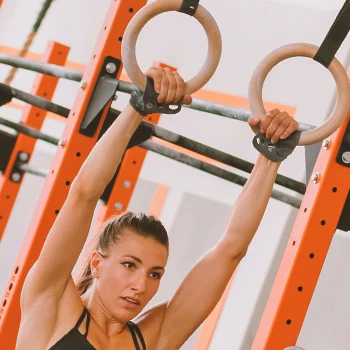
Good gymnastics rings are great for indoor and outdoor use and offer a full range of motion for your shoulder joints, enhancing mobility.
How to Perform Dead Hang On Overhead Rings
- Set up the rings so you can hang them without your feet touching the ground.
- Grab the rings with an overhead grip.
- Hang straight, aligning your legs with your hips and spine.
- Rotate your shoulders both internally and externally as you hang.
- When you're maxed out, gently let go and land on the floor.
- Aim for three sets, hanging as long as you can, with minimal rest in between.
Neutral Grip Dead Hang
This variation, requiring parallel pull-up bars, puts your shoulders in a balanced position, perfect for stretching and strengthening.
How to Perform Natural Grip Dead Hangs
- Find parallel bars spaced at least shoulder-width apart.
- Hang with a neutral grip, keeping your body straight.
- Focus forward, let those lats stretch and feel the burn in your forearms.
- Once you can't hang on, lower yourself down.
- Do multiple sets, resting briefly between, and hang as long as possible each time.
One-Handed Dead Hang
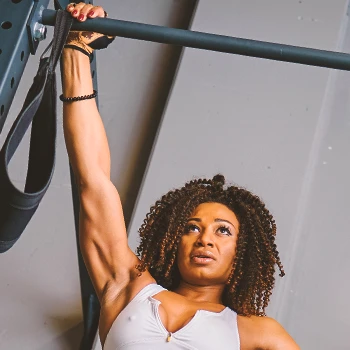
For those surpassing 60 seconds in a basic dead hang, the one-handed version (or weighted dead hang) is a tougher challenge, proven by the Journal of Human Kinetics to significantly enhance grip strength and lat stretch [3].
How to Perform a One-Handed Dead Hang
- Grip the bar with one hand and test your strength by lifting your feet off the ground.
- If a full one-handed hang is too hard, keep one foot lightly on the ground for support.
- Once ready, lift both feet and hang as long as you can.
- When your grip gives out, lower yourself down.
- Alternate hands for several sets, resting adequately between each.
Benefits of the Dead Hang

Here are the most important dead hang benefits.
Decompress Spine
From my time as a trained athlete, I've found dead hangs to be a game-changer for stretching, especially useful as a standalone workout or as a cooldown method at the end of the workout.
Personally, I spread dead hangs throughout my day—right after waking up, during breaks, and before hitting the sack. This has been a lifesaver for my spine, especially considering the long hours I used to spend training or sitting for work.
Trust me, even just 2-3 minutes of hanging daily can work wonders against the toll of sitting or heavy lifting, but remember, it's all about being consistent.
Improve Grip Strength
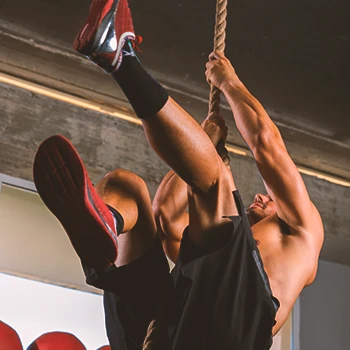
Improving your grip strength can be difficult and dead hangs are one of the best exercises for bulletproofing your forearms.
Earlier mentioned research from the Journal of Human Kinetics shows a 34–45% increase in grip endurance from regular dead hang practice.
"The pull-up is a foundational upper body exercise that carries many benefits — namely more back and arm muscle, pulling strength, and full-body control. It’s also straightforward to do."
- Mike Dewar, Certified Personal Trainer
Grip strength isn't just about muscle; it's a health indicator linked to overall locomotor system health. A firm handshake in older men often signals good heart and respiratory health, as per Clinical Interventions in Aging [4].
It's best to start with bilateral dead hangs, then level up to one-handed versions for ultimate grip strength.
Stretch the Upper Body
Throughout my athletic career, I've frequently used dead hangs to stretch my latissimus dorsi muscles, which is crucial for preventing shoulder problems and correcting posture issues.
In today's sedentary lifestyle, I've noticed tight lats are a common issue, often leading to a hunched back.
From my experience, it's not just about strengthening the scapular protractors – stretching the pecs and lats is equally important.
Also Read: Best Chest Stretches Before a Workout
Relieve Shoulder Pain
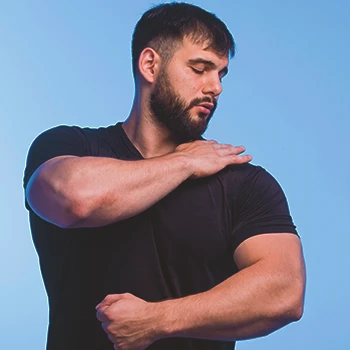
Having dealt with tight shoulders myself, I've found dead hangs to be an incredibly effective solution.
Begin with neutral grip dead hangs and gradually try overhead ring variations. The rings enable a full shoulder motion, stretching tight ligaments.
Regular practice can maintain shoulder health, which is essential for sports like basketball and baseball.
Learn More: 30-Minute Shoulder Workouts
Dead Hangs vs. Pull-Ups: What’s the Difference?

The main difference between dead hangs and pull-up exercises is muscle contraction.
Dead hangs belong to the isometric exercises, and pull-ups include all three muscle contraction phases (eccentric, isometric, and concentric).
Pull-ups aim to develop th necessary upper back pulling strength by strengthening muscles such as the latissimus dorsi, trapezius, and posterior deltoid.
Depending on the type of exercise, pull-ups can workout abs too.
Read our guide on the best pull-up bars for your doorway of 2024 to pick the one that is high-quality and will serve your needs and goals the best.
"Dead hangs are an amazing exercise and are great for all levels as there are numerous variations. Why do dead-hangs? They have many benefits such as grip strength, shoulder health, and spinal decompression."
- Alice O'Conor, Certified Personal Trainer
How to Work Out Safely and Avoid Injury
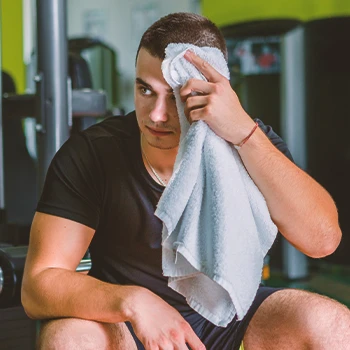
You must always use the proper technique to work out safely and avoid injury.
Performing the proper technique is key to avoiding injuries and optimizing your performance to make as much progress as possible.
The next thing is to rest enough intra- and post-workout.
This means incorporating proper rest intervals between sets and reps and between individual workouts throughout the week.
Lastly, nothing can replace high-quality sleep and nutrition, since those are paramount to preparing muscle growth and development.
Hanging Gymnastic Rings at Home
You can also do dead hangs using gymnastic rings. However, you have to know the best ways to install them for safety.
When hanging gymnastic rings at home, consider the following methods:
- Ceiling Mount: Securely attach the rings to ceiling beams or joists using mounting brackets. Ensure the ceiling structure can support your weight.
- Wall Mount: Use wall-mounted brackets, ensuring they are fixed into the wall studs for stability.
- Door Frame: Use a door-mounted pull-up bar to hang the rings. Ensure the bar is securely fitted and can bear your weight.
- Tree Branch: If you have a sturdy tree, you can hang the rings from a strong branch, but make sure the branch is robust and the rings are securely attached.
- Swingset: Make sure the swingset or any horizontal bar can withstand your body weight. This will ensure you avoid getting injured.
Always prioritize safety and stability when setting up gymnastic rings at home. Ensure all mounts and supports are secure and regularly check for any signs of wear or damage.
FAQs
How Long Should You Be Able to Dead Hang?
It depends on your age, fitness level, and gender on how much time you should be able to dead hang. However, a general rule is that beginners should dead hang for 10 seconds, intermediate for 30 seconds, and advanced for 45 seconds.
Is the Dead Hang Difficult?
Yes, the dead hang is difficult. The dead hang from a pull-up bar requires strong upper body muscles, especially the ones in the forearm responsible for the majority of grip strength.
Do Dead Hangs Actually Help?
Yes, dead hangs actually help many things. Some of them include superior grip strength, stability of shoulder muscles, increased dead hang time, and many more.
References:
- https://www.ncbi.nlm.nih.gov/pmc/articles/PMC4215195/
- https://www.ncbi.nlm.nih.gov/pmc/articles/PMC6950543/
- https://www.ncbi.nlm.nih.gov/pmc/articles/PMC6458579/
- https://www.ncbi.nlm.nih.gov/pmc/articles/PMC6778477/
About The Author
You May Also Like
